King’s College is perhaps Cambridge’s most iconic and well-known college. Trinity, Queens’ and St John’s may be larger and richer but King’s boasts unquestionably the finest building in Cambridge in the form of the college chapel, one of the great masterpieces of English architecture dating from the fifteenth century. The chapel took almost a hundred years to build and it shows in the way that it towers magnificently over every other building in central Cambridge, a symphony in Late Gothic design. It has a world-famous choir to boot, whose Christmas Eve service is broadcast across the world to an audience numbering in the hundreds of millions each year. For connoisseurs of supernatural literature this college is best known as the home of M R James, whom many regard as the author of the best ghost stories in the English language, but King’s also has an additional claim to fame in the realm of the paranormal: The Gibbs Building, one of the most haunted locations in Cambridge.
 Built in 1723 The Gibbs Building stands on the west side of the main college courtyard, facing the River Cam. It is an imposing, three-storey edifice, standing in the shadow of King’s College Chapel, and is said to be haunted by an eccentric former fellow of the college, called Barrett, who once had an apartment there. Barrett was an odd individual, who kept a coffin in his rooms and behaved in a frightened and erratic manner. It was rumoured that he was haunted by dark forces, which accounted for the bad luck that dogged him and caused him eventually to lose most of his money. One night mysterious screams were heard in Barrett’s lodgings and the next morning he was found dead in his coffin. It was said afterwards that Barrett had not been laid there by human agency but by the unknown and infernal forces with whom he had been conspiring during his cursed life. The story persists in King’s College to this day that each year, on the anniversary of Barrett’s death, a ghostly cry reverberates along his old staircase in the Gibbs Building.
Built in 1723 The Gibbs Building stands on the west side of the main college courtyard, facing the River Cam. It is an imposing, three-storey edifice, standing in the shadow of King’s College Chapel, and is said to be haunted by an eccentric former fellow of the college, called Barrett, who once had an apartment there. Barrett was an odd individual, who kept a coffin in his rooms and behaved in a frightened and erratic manner. It was rumoured that he was haunted by dark forces, which accounted for the bad luck that dogged him and caused him eventually to lose most of his money. One night mysterious screams were heard in Barrett’s lodgings and the next morning he was found dead in his coffin. It was said afterwards that Barrett had not been laid there by human agency but by the unknown and infernal forces with whom he had been conspiring during his cursed life. The story persists in King’s College to this day that each year, on the anniversary of Barrett’s death, a ghostly cry reverberates along his old staircase in the Gibbs Building.
The main authority for this ghost story was M R James, who came to King’s at the end of the 19th century and was allotted a room close to Barrett’s old lodgings. When he came to tell the story in his autobiography James took pains to point out, however, that he never heard the cry but he knew of other academics who had. There is also some further evidence about the Gibbs Building Ghost in the form of brief reports in the archives of the Society for Pyschical Research, which were given to the Cambridge University Library in 1991. It is in these archives that one finds a chilling explanation for Barrett’s bizarre death. Secret papers discovered in Barrett’s rooms after his death, and concealed subsequently by the college authorities, record his discovery of chalk marks, several years old, under the floorboards of his apartment. Careful study revealed that they showed a linguistic pattern, albeit not for any identifiable language, and hinted at some religious meaning. Eventually Barrett was rewarded when he discovered a volume in the college’s rare book room which was embossed with similar signs – a tome which did not appear in the university’s list of rare collections. It is clear that Barrett speculated that the markings were designed to ‘unlock potential’ but whether he ever made any progress in this regard – or whether his attempts to do so led to his untimely death – can only be speculated upon.
All institutions of learning have secrets, the University of Cambridge more than most, and the older a university is the more likely that it houses secrets of a more esoteric nature (the story of Barrett being a case in point). In particular, although every university has its share of ghost stories and weird rumours, this one has a story for virtually every building. I hope to explore a few more of Cambridge’s myths, urban legends and tall tales in future posts but for now I’ll leave you with a story that was perhaps inspired by the ghost of the Gibbs Building: Casting the Runes (click to read!). This is one of M R James’ most famous ghostly tales and was filmed as Night of the Demon – its theme of an academic meddling in the occult should sound disturbingly familiar…

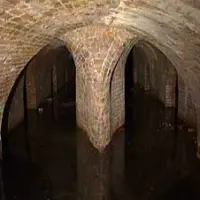
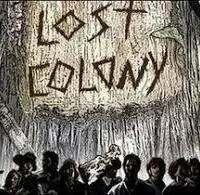
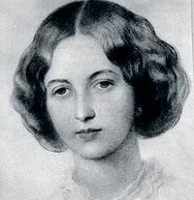
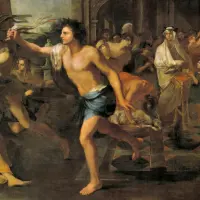
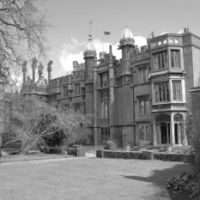
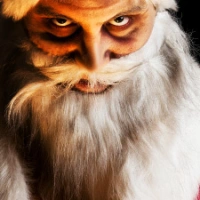
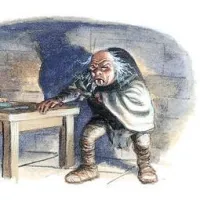
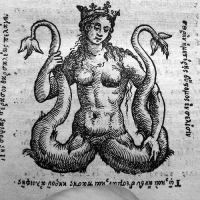
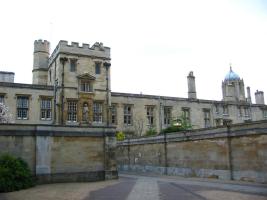
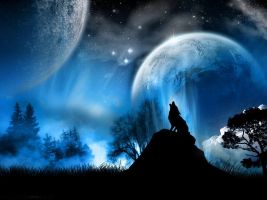

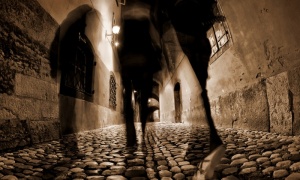


Leave a comment